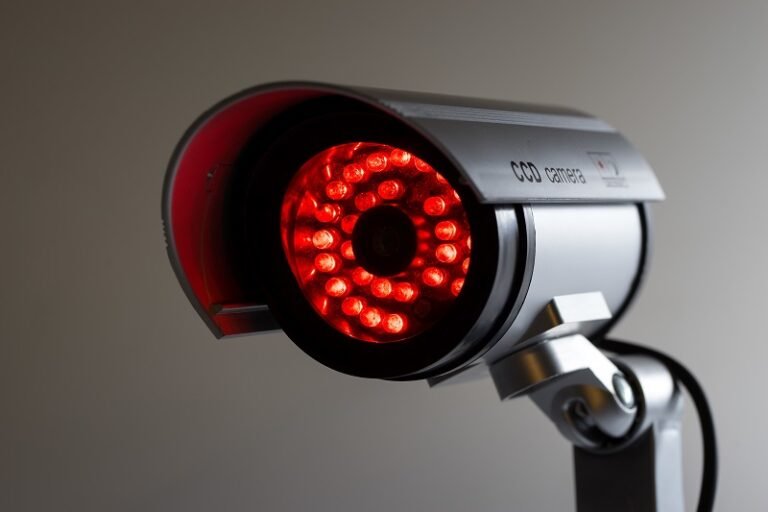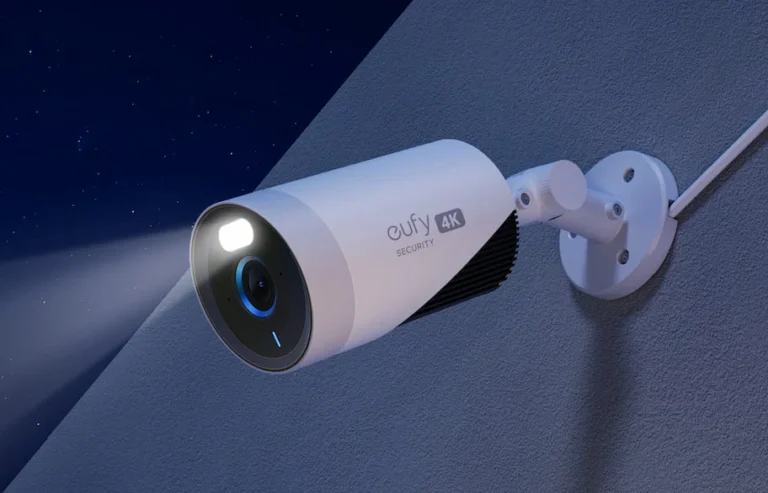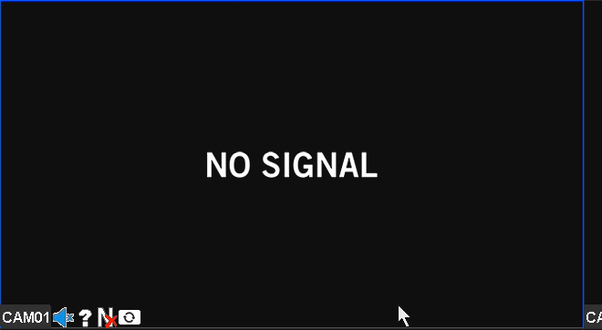To fix CCTV camera video loss, start by checking the power supply. Confirm the camera is securely plugged in and the power adapter works. Next, inspect all cables for damage and secure all connections. Examine camera settings to make sure they’re set correctly, including resolution and network settings. Test the DVR/NVR for loose cables or misconfigurations. Finally, update the camera’s firmware and software to the latest versions for best performance. If you follow these steps, you should resolve the issue quickly. Continue exploring to uncover more detailed solutions.
Check Power Supply
Often, the first step to resolving CCTV camera video loss is to check the power supply. It might sound simple, but you’d be surprised how often this is the culprit. Start by confirming that your camera is plugged in securely. A loose connection can disrupt the power flow, causing the video feed to cut out.
Next, verify that the power adapter is functioning correctly. Swap it out with a known working adapter to rule out any issues. If your camera runs on batteries, make sure they’re charged. Dead or weak batteries can cause intermittent video loss.
For those using a power strip or surge protector, double-check that it’s switched on and functioning. Sometimes, these devices trip or fail, cutting off power to your camera.
Also, it’s vital to look at the power supply’s capacity. If you’re running multiple cameras, make sure that the power supply can handle the load. An overloaded power supply can cause frequent video disruptions.
Inspect Cables and Connections
Start by examining all the cables and connections to make certain they’re secure and undamaged. Video loss can often be traced back to something as simple as a loose or damaged cable. You have the power to solve this issue quickly and regain your freedom from security worries.
First, check every connection point. A loose plug or a partially connected cable can disrupt the signal.
- Inspect the power cables: Make certain they’re firmly plugged in and not frayed or worn out. Damaged cables can result in intermittent power, leading to video loss.
- Check the video cables: Look for any signs of wear and tear. Replace any cables that appear damaged or worn out.
- Examine the connectors: Verify that the connectors are clean and not corroded. Corrosion can impede the signal flow and cause video loss.
- Test the connections: Use a multimeter to verify that the cables are conducting electricity properly. This step can identify hidden issues that might not be visible.
Examine Camera Settings
Adjust the camera settings to guarantee they’re configured correctly, as incorrect settings can also lead to video loss. Start by accessing the camera’s interface through its dedicated software or web browser. Confirm the resolution and frame rate settings match the capabilities of both the camera and your recording device. If they don’t align, the camera might struggle to send video signals properly.
Check the network settings, especially if you’re using IP cameras. Make sure each camera has a unique IP address to avoid conflicts. Verify the subnet mask, gateway, and DNS settings are correct, ensuring smooth communication with your network.
Inspect the power settings. Sometimes, cameras are configured to enter power-saving modes that can cause intermittent video loss. Disable any unnecessary power-saving features to maintain a constant video feed.
Pay attention to the recording schedule. If your camera is set to record only during specific times, it might appear as if there’s video loss outside those periods. Adjust the schedule to match your needs.
Test the DVR/NVR
To confirm that your DVR/NVR isn’t the cause of video loss, verify its functionality and settings. Start by checking all the connections. Confirm that the power supply and cables are securely connected to the DVR/NVR. A loose cable might be the simple reason behind the video loss.
Next, explore the settings. Look for any misconfigurations that might be causing the issue. Sometimes, a simple reset to default settings can resolve hidden problems. If the settings seem fine, test the hard drive. A faulty hard drive can cause video loss, so run a diagnostic check to ensure it’s operating correctly.
Here’s a structured approach to testing your DVR/NVR:
- Check All Connections: Confirm power and data cables are securely connected to the DVR/NVR.
- Review Settings: Look for misconfigurations or reset to default settings.
- Test the Hard Drive: Run a diagnostic check to verify the hard drive’s functionality.
- Swap Channels: If possible, swap the camera feed to another channel to see if the issue persists.
Update Firmware and Software
After verifying that your DVR/NVR is functioning correctly, it’s crucial to update the firmware and software to prevent video loss and enhance performance. First, check the manufacturer’s website for the latest firmware version for your device model. Download it and follow the provided instructions carefully. Updating the firmware can fix bugs, improve compatibility, and add new features that boost your system’s reliability.
Next, don’t overlook the software that manages your CCTV cameras. If you’re using a third-party application, make sure you’re running the latest version. Software updates often include critical security patches and performance enhancements that can solve issues causing video loss.
To update your software, visit the app’s official site or use the built-in update feature if it has one. Follow the steps to ensure the update process goes smoothly. Remember to back up your settings before making any changes, just in case something goes wrong.
Frequently Asked Questions
Can Weather Conditions Cause CCTV Camera Video Loss?
Yes, weather conditions can definitely cause CCTV camera video loss. Storms, heavy rain, or extreme temperatures can interfere with the signal or damage the equipment. Always make sure your camera is weather-resistant to maintain freedom from disruptions.
How Does Electromagnetic Interference Affect CCTV Camera Performance?
Electromagnetic interference (EMI) messes with your CCTV camera’s performance by disrupting the signal between the camera and the recorder. You might experience video distortion or complete signal loss, limiting your ability to monitor freely.
Do Faulty Camera Lenses Contribute to Video Loss?
Definitely, faulty camera lenses can contribute to video loss. If your CCTV camera lens is malfunctioning, it won’t capture clear images, leading to video issues. Make sure your lenses are in tip-top shape for freedom from surveillance woes.
What Role Do IP Address Conflicts Play in Video Loss?
To prevent IP address conflicts that can lead to video loss by disrupting the network communication between your CCTV cameras and the recording system, it is important to guarantee that each device has a unique IP address to maintain seamless video transmission.
Can Inadequate Storage Space on the Dvr/Nvr Lead to Video Loss?
You’re wondering if inadequate storage space on the DVR/NVR can cause video loss. Yes, it can. When storage is full, the system can’t save new footage, leading to lost video. Free up space regularly.



